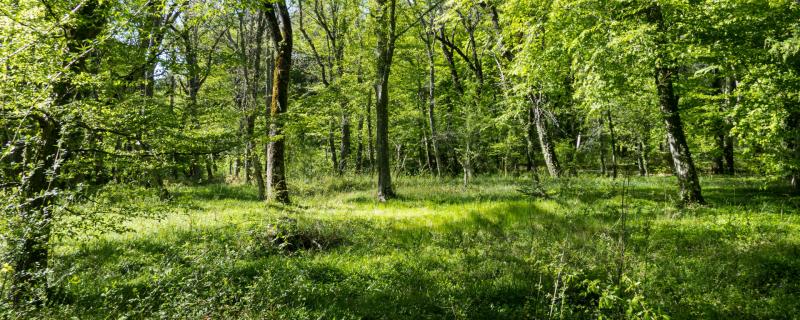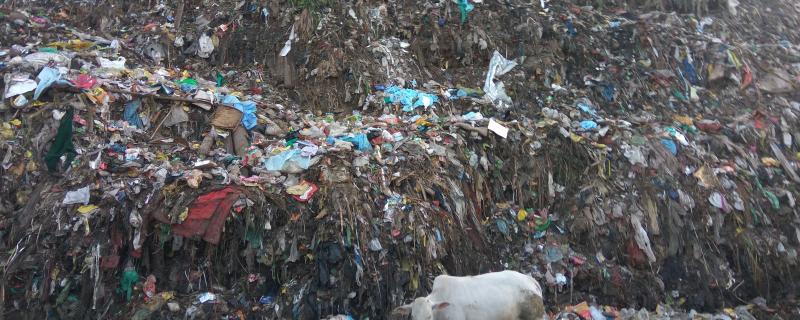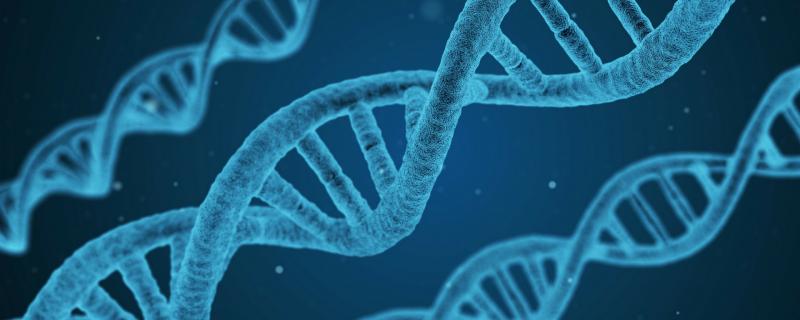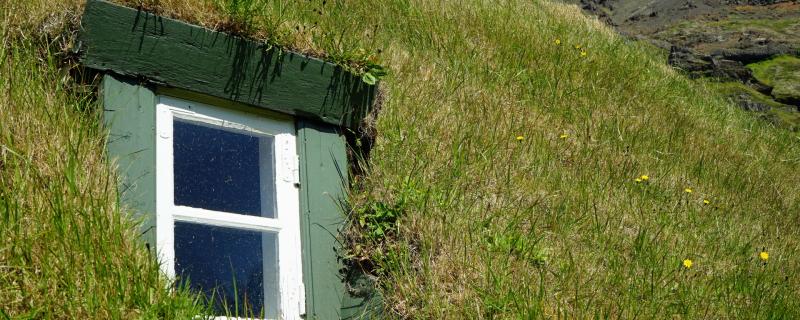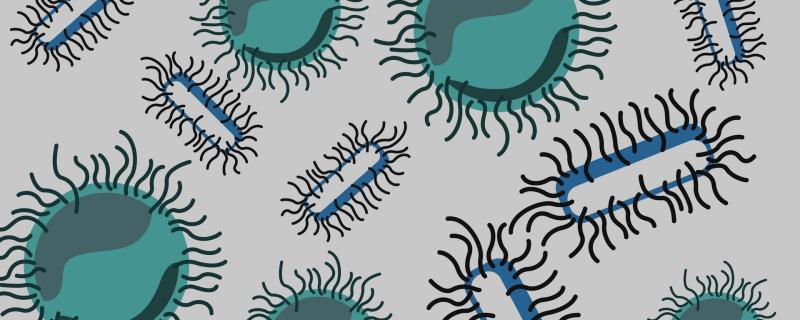The clamour about the warming planet and the changing climate is growing louder by the day as we worry about the implications of greenhouse gases on the earth. But, did you know that our planet has seen many such ‘greenhouse periods’ in the past where the concentrations of greenhouse gases were significantly higher, resulting in higher temperatures?
மும்பை ஐஐடி மற்றும் இந்திய ரயில்வே ஆராய்ச்சியாளர்கள், ரயில்வேயின் செயல்திறனை மேலும் அதிகரிக்க, வாரத்தின் சில நாட்களில் மட்டுமே இயக்கப்படும் ரயில்களை ஒரே குழுவாக இணைத்து, திட்டமிடலில் ஒரு புதிய மாற்றத்தைக் கொண்டுவந்துள்ளனர்


